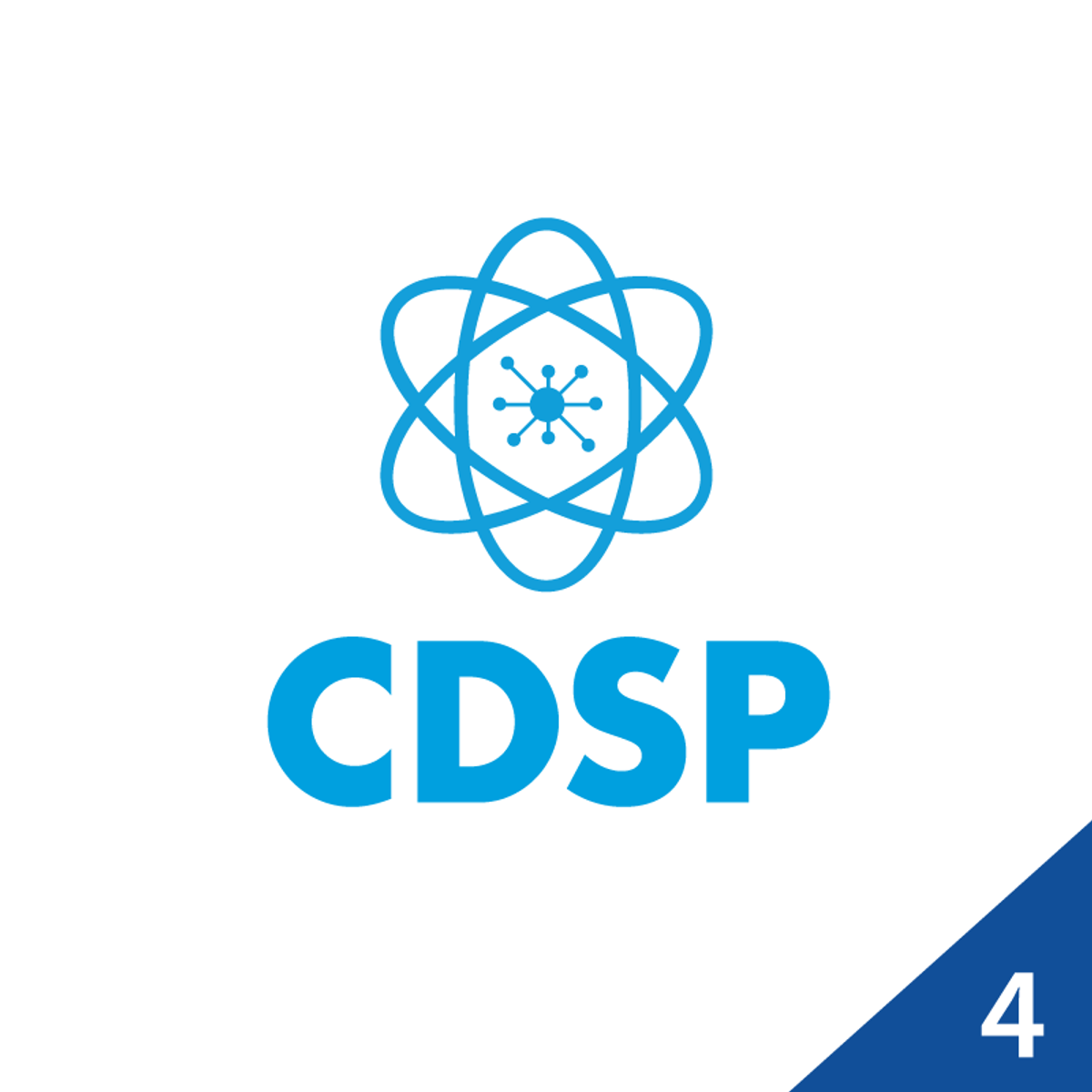Back to Courses









Data Management Courses - Page 15
Showing results 141-150 of 399

Build a Serverless Web App with Firebase
In this lab you will create a serverless web app with Firebase, which allows users to upload information and make appointments with the fictional Pet Theory clinic.

Security and Privacy for Big Data - Part 1
This course sensitizes security in Big Data environments. You will discover cryptographic principles, mechanisms to manage access controls in your Big Data system. By the end of the course, you will be ready to plan your next Big Data project successfully, ensuring that all security-related issues are under control.
You will look at decent-sized big data projects with security-skilled eyes, being able to recognize dangers. This will allow you to improve your systems to a grown and sustainable level.
If you are an ICT professional or someone who designs and manages systems in big data environments, this course is for you! Knowledge about Big Data and IT is advantageous, but if you are e.g. a product manager just touching the surface of Big Data and security, this course will suit you as well.

Overview of Data Visualization in Microsoft Excel
After finishing this project, you will have learned some basic rules about data visualization and can apply them whenever you create charts. In present times, one can find data visualization in a wide range of fields. Businesses show graphs to report on revenue, police departments create maps of crimes in their jurisdiction, and on the website for the city hall, you can likely find visual comparisons of people who moved to the city and those who left the city. For this reason, it is important for a lot of people to know the basics of data visualization.

Build a BigQuery Processing Pipeline with Events for Cloud Run for Anthos
This is a self-paced lab that takes place in the Google Cloud console. The BigQuery processing pipeline queries a public COVID-19 dataset on a schedule, creates charts from the data, then notifies users about the new charts via SendGrid with Events for Cloud Run on GKE

Cloud Functions: Qwik Start - Console
This is a self-paced lab that takes place in the Google Cloud console. This hands-on lab shows you how to create and deploy a Cloud Function using the Cloud Platform Console. Watch the short video Connect & Extend GCP Services with Google Cloud Functions.

Google Cloud Pub/Sub: Qwik Start - Command Line
This is a self-paced lab that takes place in the Google Cloud console.
This hands-on lab shows you how to publish and consume messages with a pull subscriber, using the Google Cloud command line. Watch the short video <A HREF="https://youtu.be/oKU2wbTXMTY">Simplify Event Driven Processing with Cloud Pub/Sub</A>.

Database Structures and Management with MySQL
Develop a working knowledge of the MySQL database management system (DBMS). Gain DBMS skills such as data creation, querying and manipulation. You’ll gain further experience with SQL statements, clauses and data types.
By the end of this course, you’ll be able to:
- Utilize the MySQL DBMS to build and modify relational databases with SQL
- Add records to a MySQL database
- Perform intricate queries on database records with filters and groupings
- Create simple joins and unions within a database
- Create relationships between tables using primary and foreign keys
- Demonstrate the ability to complete a database normalization project
You’ll gain experience with the following tools and software:
- MySQL DBMS
- Joins and Unions
- SQL statements, clauses and data types
- Primary and foreign keys
- Database normalization

Build a Resilient, Asynchronous System with Cloud Run and Pub/Sub
Use Cloud Run and Pub/Sub to run a service that manages communication through HTTP POST, email, and SMS.

Simple Retrieval Queries in MySQL Workbench
In this beginning-level course you will use MySQL Workbench to write basic SQL queries that retrieve data from tables in a relational database. As a DBMS (database management system), MySQL is used by many organizations for managing a variety of types and sizes of databases. MySQL Workbench acts as an integrated development environment allowing users to work with relational databases using a visual user interface rather than the command line. In hands-on activities in MySQL Workbench, you will write and execute the SQL code that retrieves data to satisfy a request. In addition, you will include the filters, sorting, and calculated columns to produce required output.
Note: This course works best for learners who are based in the North America region. We’re currently working on providing the same experience in other regions.
Train Machine Learning Models
This course is designed for business professionals that wish to identify basic concepts that make up machine learning, test model hypothesis using a design of experiments and train, tune and evaluate models using algorithms that solve classification, regression and forecasting, and clustering problems.
To be successful in this course a learner should have a background in computing technology, including some aptitude in computer programming.
Popular Internships and Jobs by Categories
Browse
© 2024 BoostGrad | All rights reserved


